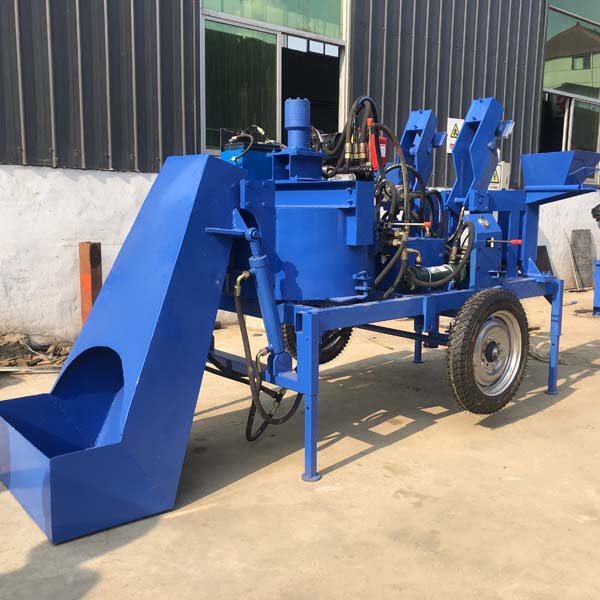
Image source Aiweibrickmachine
Title: Remote Monitoring and Control Systems for Full-Automatic Machines in Construction
Introduction:
In the era of Industry 4.0, where connectivity and data-driven decision-making are paramount, the integration of remote monitoring and control systems in full-automatic machines has become a game-changer for the construction industry. This article explores the significance, advantages, and implications of employing remote monitoring and control systems in the context of full-automatic machines used in block production and other construction processes.
Significance of Remote Monitoring and Control Systems:
1. **Real-Time Data Acquisition:**
Remote monitoring systems enable the continuous collection of real-time data from full-automatic machines. This data encompasses various parameters such as production rates, machine health, energy consumption, and error logs. This information is invaluable for decision-makers to optimize operational efficiency.
2. **Predictive Maintenance:**
The ability to monitor machine health remotely allows for predictive maintenance. By analyzing data on equipment performance and wear, maintenance needs can be anticipated, reducing downtime and preventing costly breakdowns.
3. **Efficient Resource Utilization:**
Remote control systems empower operators to adjust machine settings and parameters from a centralized location. This capability facilitates the efficient utilization of resources, such as raw materials and energy, by fine-tuning production processes based on real-time data.
4. **Enhanced Safety Measures:**
Remote monitoring systems contribute to improved safety by providing instant alerts for any anomalies or malfunctions. Operators can take immediate action or shut down the machine remotely in case of emergencies, minimizing risks to personnel and equipment.
Advantages of Remote Monitoring and Control Systems:
1. **Increased Operational Efficiency:**
The ability to monitor and control full-automatic machines remotely leads to increased operational efficiency. Operators can optimize settings, address issues promptly, and make data-driven decisions to enhance overall production performance.
2. **Cost Savings:**
Remote monitoring systems offer cost-saving benefits by reducing the need for on-site personnel. Operators can manage multiple machines from a centralized location, minimizing labor costs and improving the return on investment for the facility.
3. **Global Accessibility:**
With the advent of cloud-based technologies, remote monitoring and control systems provide global accessibility. This allows stakeholders to access machine data and make decisions from anywhere in the world, facilitating efficient management and oversight of production facilities.
4. **Data-Driven Decision-Making:**
The wealth of data generated by remote monitoring systems empowers decision-makers with insights into production trends, machine performance, and potential areas for improvement. This data-driven approach enables proactive decision-making to optimize processes and increase productivity.
Implications and Considerations:
1. **Cybersecurity:**
As remote monitoring systems rely on interconnected networks, ensuring robust cybersecurity measures is crucial. Safeguarding sensitive data and protecting against potential cyber threats is paramount to maintain the integrity and security of the system.
2. **Training and Skill Development:**
The implementation of remote monitoring and control systems necessitates training for operators and maintenance personnel. Developing the necessary skills to operate, troubleshoot, and maintain these systems is vital for their successful integration into the workflow.
3. **Scalability and Flexibility:**
Construction projects vary in scale and complexity. Remote monitoring systems should be scalable and flexible to accommodate the specific needs of different projects, allowing for seamless integration into various production environments.
Conclusion:
The integration of remote monitoring and control systems in full-automatic machines represents a transformative leap forward for the construction industry. By harnessing real-time data, optimizing operational efficiency, and enabling global accessibility, these systems contribute to a more connected, efficient, and sustainable construction ecosystem. While challenges such as cybersecurity and workforce training need to be addressed, the long-term benefits make remote monitoring and control systems a pivotal tool for construction companies seeking to stay competitive in the dynamic landscape of Industry 4.0.
